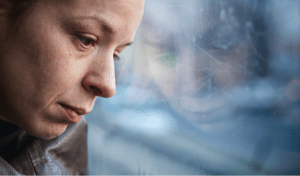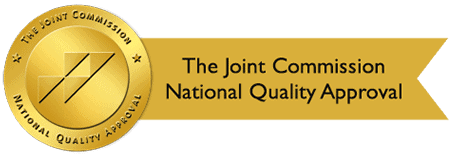By: Design for Change Recovery
Categories:
Beating Addiction: Life After Treatment
You are here:Completing inpatient addiction treatment is a huge milestone, but the battle against substance misuse or inappropriate use never ends. Rehab programs give patients the skills they need to approach the world with a new outlook, but the benefits of continued support cannot be understated. The world is full of stressors that can trigger a relapse at any time, so it takes a long-term strategy to maintain abstinence. Luckily, programs like that at Design For Change Recovery offer patients a variety of treatment options that make it easier to overcome lifelong alcohol and drug cravings. Rebuilding a life isn’t easy, but it’s important to continue along the path of sobriety – one that becomes more challenging outside of a treatment facility.
Plan Each Day
An inpatient treatment facility is very structured compared to the real world. There are no drugs or alcohol products around to tempt patients, everyone in the program is supportive, and each day is planned out from beginning to end. Outside of treatment, things can be much more unpredictable – harmful substances are just a call away, acquaintances can be negative influencers, and days can feel empty without a set schedule. When a former addict regains control of every decision in their life, it’s essential that there is a comprehensive plan in place to ensure long-term recovery. This starts with creating a daily agenda that keeps the person occupied. There are many activities that may serve as a distraction from cravings and give a person a sense of purpose:
Exercise
Exercise triggers the brain’s release of dopamine, a reward chemical that makes a person feel good. It’s the same chemical that drugs and alcohol produce, so it’s an especially effective motivator for former addicts. When people get into the habit of regular exercise routines their mood and sense of wellbeing generally improve. Exercise is also a great way to meet people who enjoy the same activities, and who can provide a positive influence.
Mindfulness
Inpatient treatment programs like Design For Change Recovery’s sometimes incorporate mindfulness therapy such as yoga and meditation as a strategy to combat addiction. These are activities that provide lifelong benefits with continued practice after rehab. Just ten meditation minutes per day helps a person notice their thought patterns and cravings for drugs or alcohol.
Chores
Parents don’t tell their children to do their chores just to get a cleaner house – chores instill a sense of responsibility in a person. This fact is just as true in adulthood as it is during adolescence. When someone feels responsible for keeping the house clean, the lawn mowed, and the plants watered, they often begin to realize their importance. These duties serve as more than a distraction, they give a person a sense of purpose.
Hobbies
It’s important for those who have faced addiction to do something they love outside of treatment. Following rehab, returning to a hobby can serve as an effective outlet for daily stressors. There’s nothing wrong with an addiction to knitting, model trains, or woodworking, so long as it doesn’t damage your relationships. Learning a new hobby can be just as rewarding as rediscovering an old one, so former patients can gain by expanding their horizons.
Get Family & Friend Support
Every patient leaving addiction therapy faces a different situation with their friends and family. Some already have large networks while others must build relationships with people who can support them. Treatment facilities typically work with the members of a patient’s support system to determine how they can help with lifelong recovery. Friends and family may need to take an active role in assisting a former addict stay on track. Whether other people are reminding a recovering addict about upcoming appointments, monitoring for signs of relapse, or complimenting progress, those in a support system play a critical role in sobriety. Besides friends, partners, and parents, there are other people available for support – a treatment center can direct a person to these resources and help them build their network.
Recognize Relapse Warning Signs
Almost every patient experiences some relapse warning signs after they have completed treatment. Patients can successfully avoid relapse by recognizing these symptoms and responding appropriately. If a former addict seems more aggressive than usual, or their anger seems to be taking over their emotions for no distinct reason, they may be at risk of relapse. Alternatively, a person may feel extremely lethargic, incapable, or even depressed, and this could make a person feel like they need harmful substances to cope. A treatment center will prepare a patient to recognize relapse warning signs and provide a list of support organizations to contact if it happens.
When a patient leaves a treatment facility, their journey is just beginning. They have the opportunity to live their life on their own terms, rather than giving into the pitfalls of addiction. There are always obstacles to overcome, but ongoing support turns sobriety into a lifelong commitment. We are fast approaching the holiday season – one full of hectic activities that can easily trigger a drug or alcohol relapse. Discover how to take on this time of year in our blog post “Addiction Recovery This Christmas,” to end the year happy and healthy.



